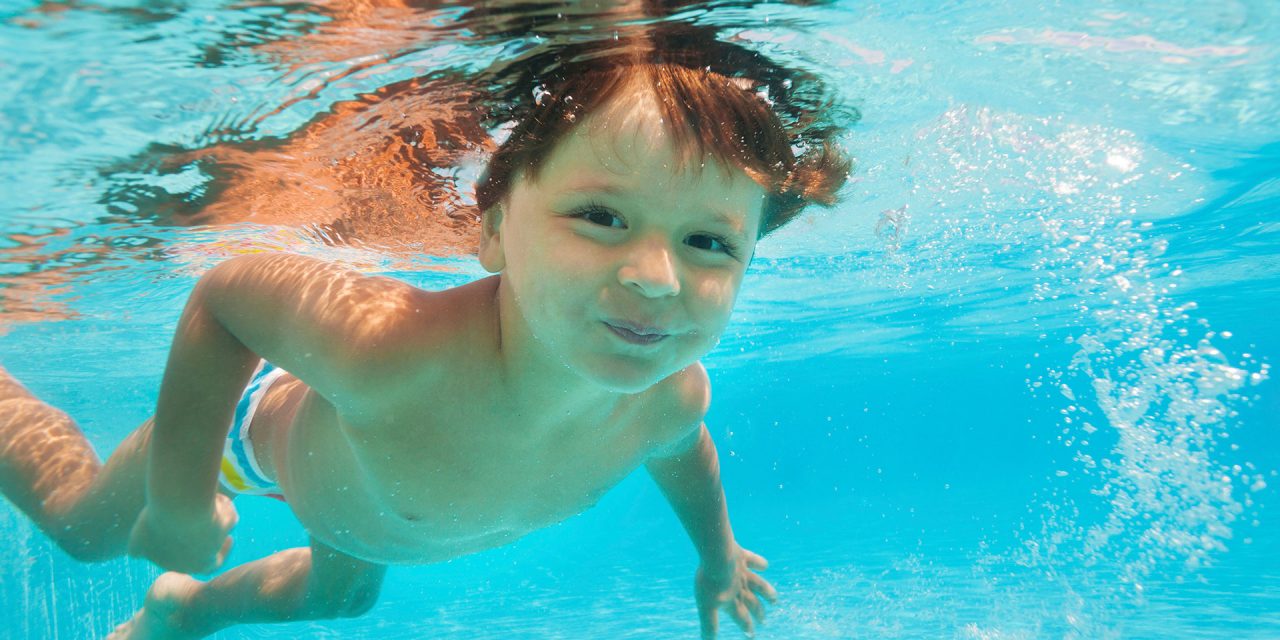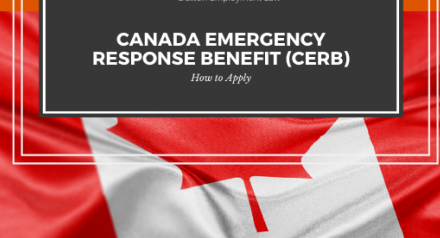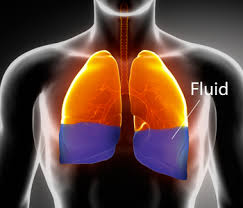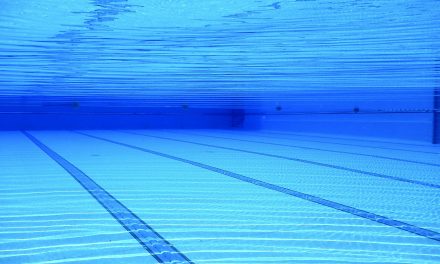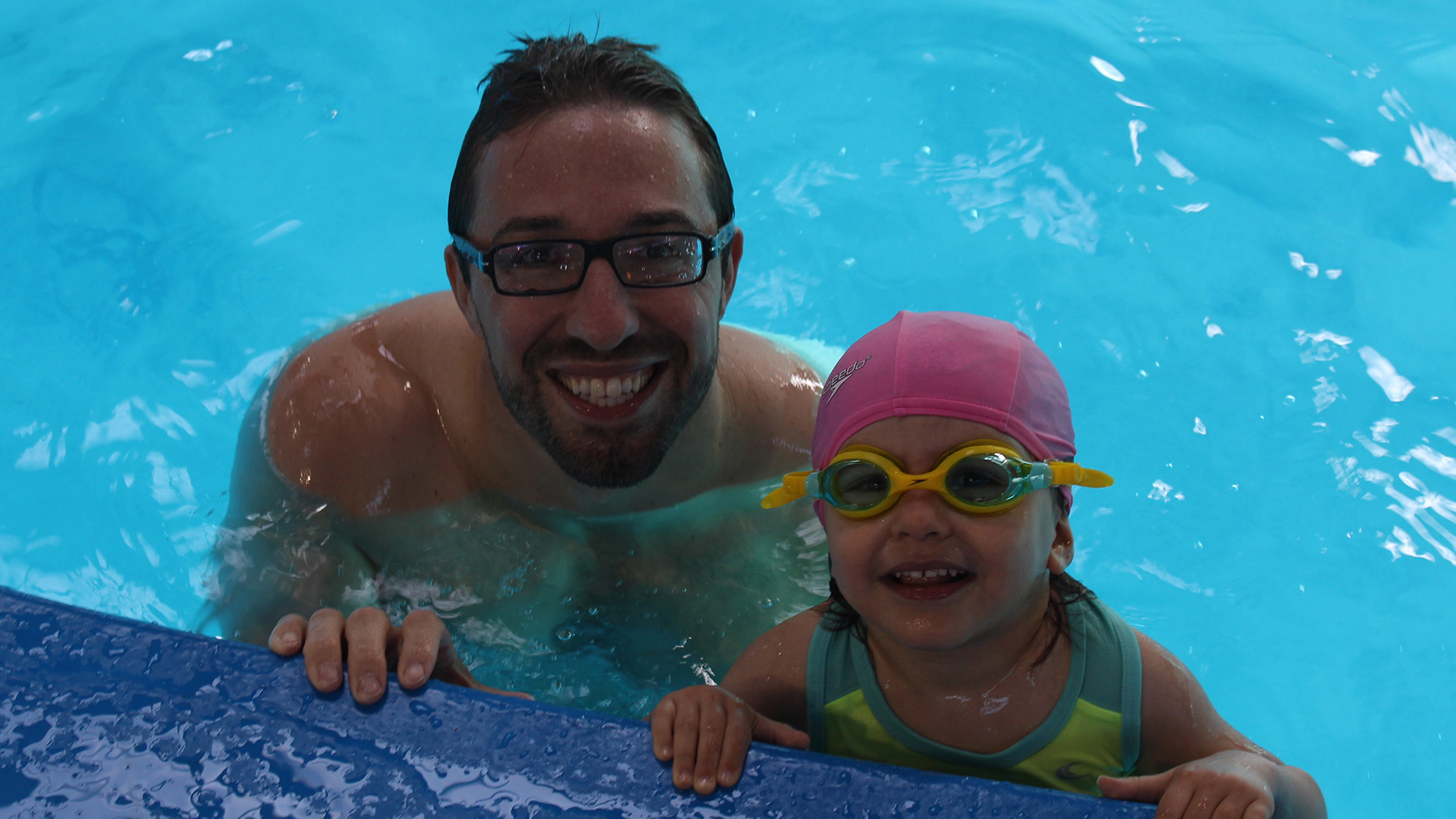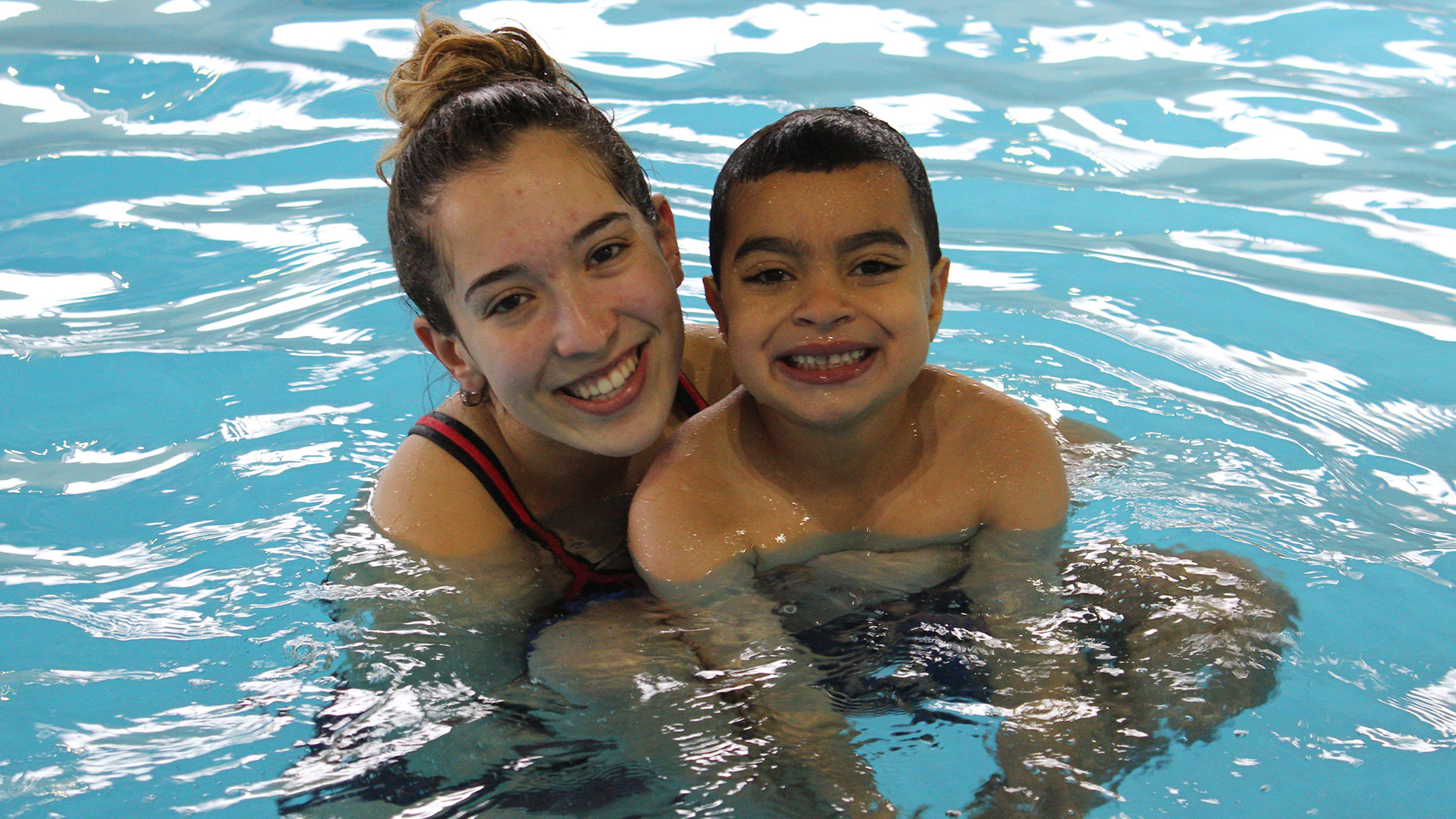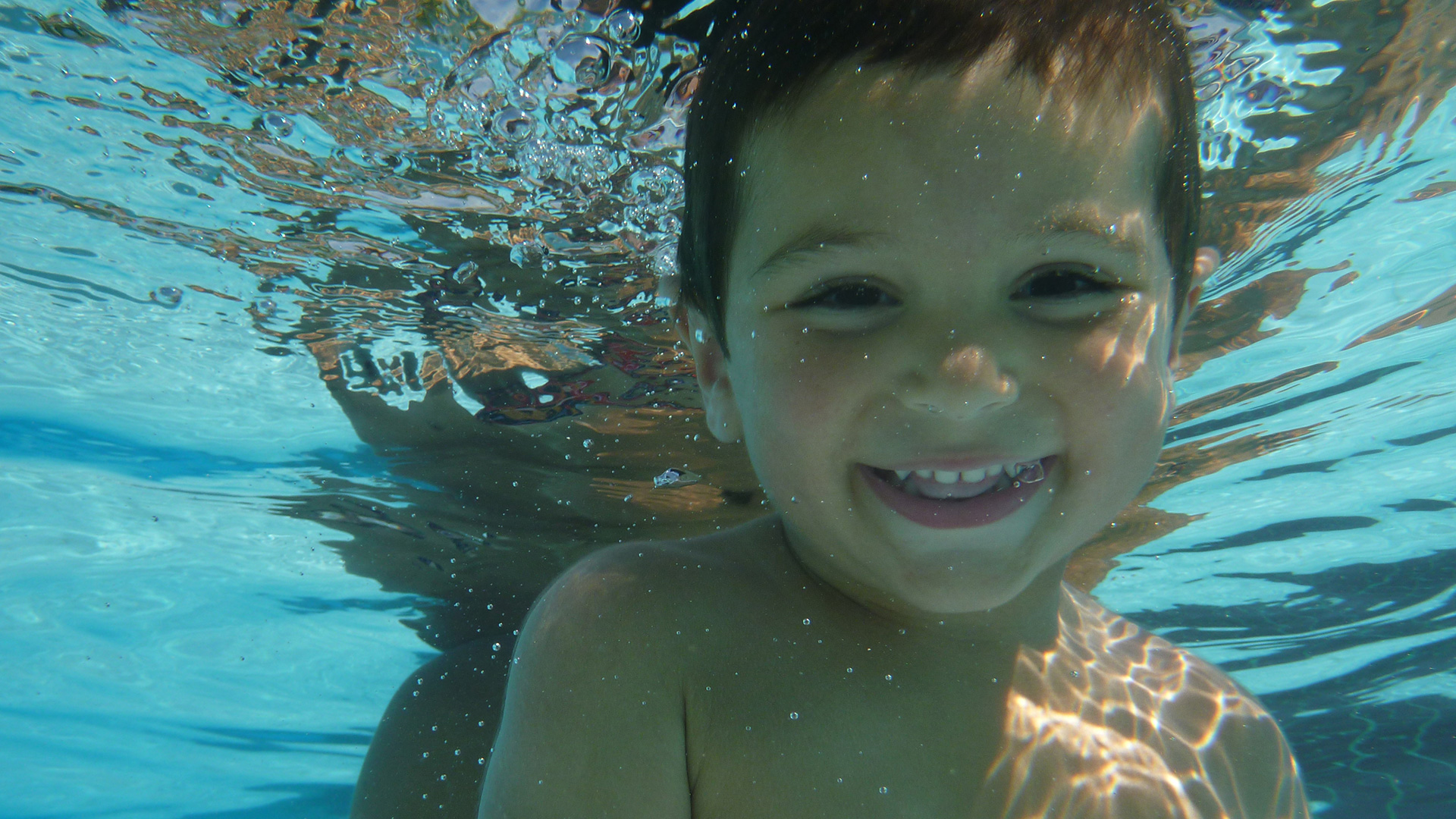Swimming is a great recreational sport that can be enjoyed by people of all ages. But it’s important to know how to be safe while you’re in the water. Many swimming injuries or even deaths are preventable by following basic safety rules for swimming in pools and natural bodies of water.
The following are our top three rules for parents teaching their young children to swim, and some general tips to keep in mind for the parents themselves!
Always Supervise Children
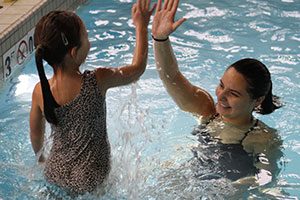 Children require supervision from an adult in most situations, and being in or near the water is no exception. This is true for both pools and outdoor bodies of water. Infants and toddlers should always be within arm’s reach of an adult when they are in or near water, even bathtubs and kiddie pools.
Children require supervision from an adult in most situations, and being in or near the water is no exception. This is true for both pools and outdoor bodies of water. Infants and toddlers should always be within arm’s reach of an adult when they are in or near water, even bathtubs and kiddie pools.
Beaches have hidden dangers such as underwater logs, sudden drop-offs, or tidal currents. If swimming outdoors, obey any posted warnings about currents or dangerous areas, and ask other people if they know of any trouble spots in the area.
The good news is that as long as someone is nearby, there is no danger. Adults who are supervising children should remain alert, vigilant and never turn away or get distracted, not even for a moment. This should continue until the children build up their basic skills in a supervised setting and become fully comfortable.
Avoid Diving Headfirst
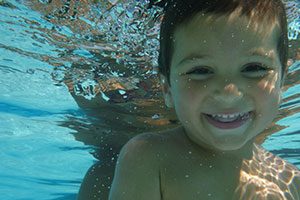 Diving in shallow water can cause injuries and drowning, and if you are diving into any body of water other than a pool, you can easily injure yourself on hidden rocks or debris. A diver’s extended hands and arms provide the only source of protection to the head. Should the arms collapse upon impact or not be in a forward position, the head is vulnerable. This poses a unique danger to children who may attempt to emulate what they see more advanced swimmers doing.
Diving in shallow water can cause injuries and drowning, and if you are diving into any body of water other than a pool, you can easily injure yourself on hidden rocks or debris. A diver’s extended hands and arms provide the only source of protection to the head. Should the arms collapse upon impact or not be in a forward position, the head is vulnerable. This poses a unique danger to children who may attempt to emulate what they see more advanced swimmers doing.
Most diving injuries occur with the neck in the flexed (chin toward chest) position, which is why proper diving takes practice. According to the Canadian Red Cross, diving is the leading sports-related cause of spinal cord injuries, and 95% of diving injuries occur in water 1.5 m deep or less. It’s not a good idea to attempt this if you’re an adult and uncertain about the depth of the pool, and it’s especially important to be wary of children doing it when they’re inexperienced.
The best way to handle this as a parent is to lay down very clear rules about how to behave outside of the water just as much as what they do while in the water.
Familiarize Yourself With First Aid and CPR
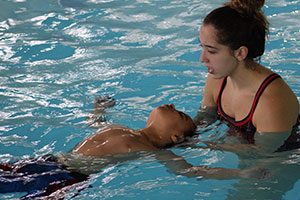 It is a good idea for adults, especially those who are parents or who care for children, to learn basic first aid and CPR. Rescue measures can mean the difference between life and death, especially for families with residential pools. The CDC recommends four-sided pool fences at least 4 feet high with self-closing, self-latching gates unreachable by children and that open outward.
It is a good idea for adults, especially those who are parents or who care for children, to learn basic first aid and CPR. Rescue measures can mean the difference between life and death, especially for families with residential pools. The CDC recommends four-sided pool fences at least 4 feet high with self-closing, self-latching gates unreachable by children and that open outward.
Perhaps the most important safety tool for a pool is CPR. Cardiopulmonary Resuscitation, or CPR, is a medical technique in which the administrator attempts to improve someone’s breathing and oxygen intake with chest compressions and breaths through the mouth.
At CSS, we reinforce the right technique at the right time to help build up a child’s swimming competence while encouraging knowledge of swim safety. As your child progresses, their strengths and weaknesses will be continually evaluated to help modify their lessons and support them to become a confident and capable swimmer quickly.
To book a private lesson or find out if CSS is near you, contact us today!


